I have always wanted to see baby sea turtles hatch and make their journey to the sea. We have been to numerous places where this takes place, but it’s been the wrong season or we just weren’t lucky enough to see it. We have had the privilege of swimming with the adult turtles though, which ranks up there as one of my favorite experiences ever.
During this trip to Tulum, we were there right in the middle of turtle mating season and we saw nests marked up and down the beach — there were many! I was so excited and we went out every night after dark to look for them. They hatch at night to have a better chance of making it to the water unnoticed by the predatory birds and away from the heat of the sun.
Here, finally, we were able to witness this amazing event. Watching the hatchlings struggle to make their way to the water was emotional for me. Not only is the green sea turtle an endangered species, but the odds are against the babies as only 1 in 1,000 hatchlings will survive to adulthood. They have a tough journey as soon as they peak out of their shell.
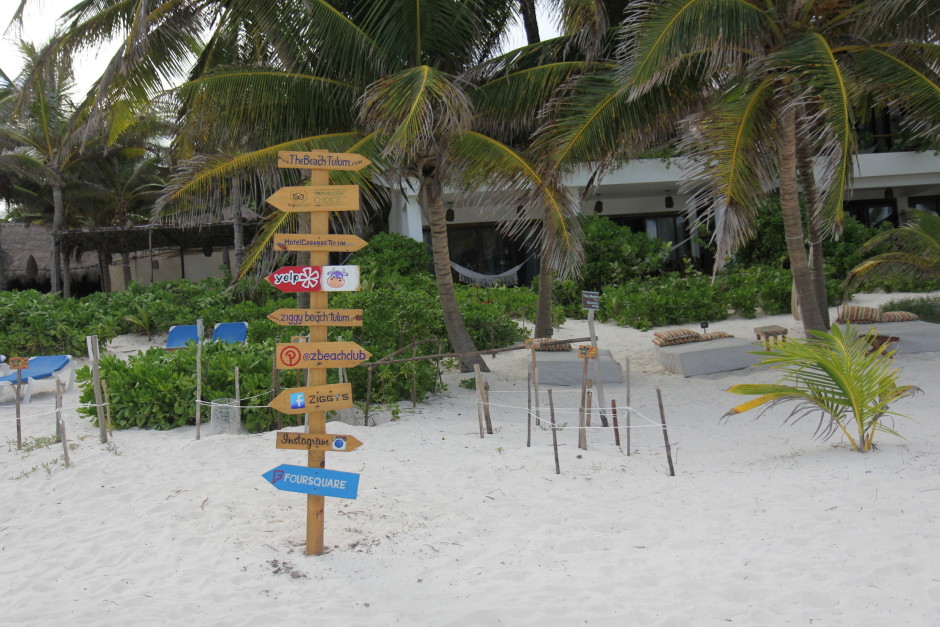
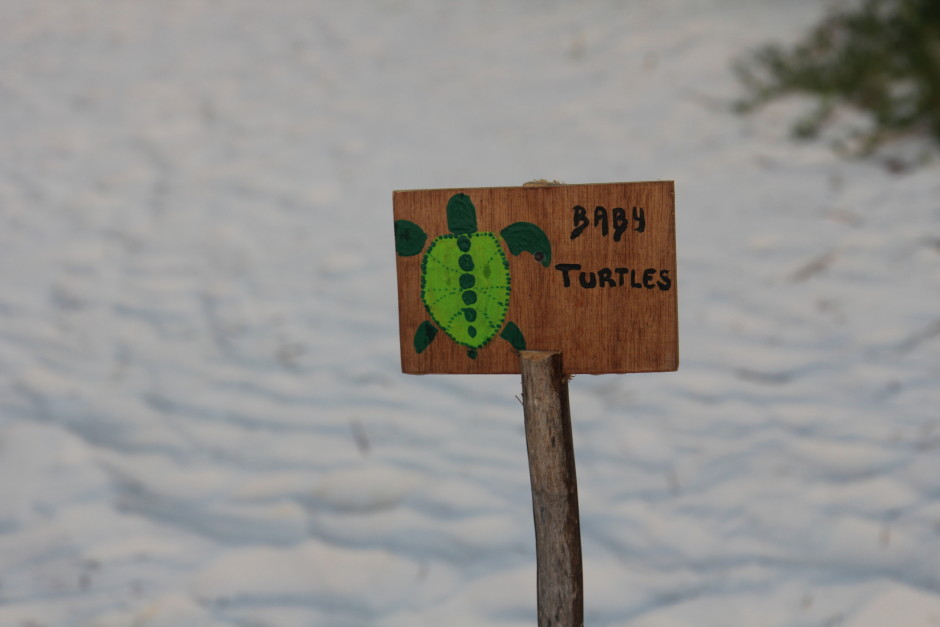
Searching, Searching
As soon as we arrived in Tulum, we looked and looked and walked up and down the beach with no success. Then, I’d get up every day before the sun rose and see their little tracks every where. I would say to Erick, “Again! You’ve got to be kidding me! How did we miss this?” We went out at various times each night — 9:00 pm, 10:00 pm, 11:00 pm and later.
Halfway through our trip, we switched hotels and moved further south to a more remote location at Rosa del Viento. We saw nests indicated here as well. Our first night here, we went out to take pictures of the stars and look for the hatchlings. We had been out searching for about 40 minutes when I told Erick that I was planning to sleep on the beach that night. He said I was crazy, but I was serious. I knew they were hatching every night, but we were just not out at the right hour. Why wouldn’t I? I was not going to miss this.
It felt like finding a needle in a haystack as it was pitch black. It’s that way on purpose as lighting near the shore can cause hatchlings to become disoriented and wander inland, where they often die of dehydration or get picked off by a bird. Luckily, many of the places in Tulum do a good job of keeping the lights off near the shore. We were impressed that hotel employees emphasized this over and over and encouraged guests to help them achieve this.
We were using Erick’s cell phone with a app he found with red light, as you can’t use white light or traditional flashlights, so as not to disorient the turtles. However, it was less than stellar as we were trying to navigate through the sand tripping over seaweed, avoiding the unusually large number of crabs out scuttering around and trying not to fall into any pits that had been dug to bury the seaweed.
Finally
About fifteen minutes later, I barely got a glimpse of something in our tiny, barely-illuminating red light. It was something rather large moving around ahead of us and it really startled me. It ended up being a scientist face down in a big hole with just his legs sticking out. I think a nest of turtles had recently hatched and already gone and he was checking the nest for any last eggs. He wasn’t really the friendly type and didn’t want to talk.
As we turned to leave, I saw a tiny movement in the beam of our light. I swept the light back in that direction and then I saw him. A tiny little baby turtle crawling through the sand heading down to the beach. I couldn’t believe it.
He looked so tiny and vulnerable.
I said, “Oh my goodness! Erick, look!”
We followed him as he made his trek to the water, rooting him on. But, his journey was short-lived as he quickly got stuck in the seaweed.
We rushed to help the poor little straggler that must have been part of the nest that the scientist had been clearing out.
I felt downright giddy.
I didn’t have much time to savor the moment because I wanted to get him where he belonged quickly. I placed him in the water and hoped he would make it to safety in deeper waters.
This turtle gave us an idea. If he was stuck in the seaweed, there must be others.
The awful seaweed
All summer, the entire east coast of Mexico has experienced a very strange barrage of seaweed called sargassum, as has the U.S. and islands in the Caribbean. You are probably conjuring up in your mind some time on a beach when you’ve seen seaweed. Nope, nope! It’s probably nothing like that. When I say a barrage of seaweed, I mean truckloads. If it’s not cleaned away, the entire beach of white sand is completely blanketed with this nasty stuff.
Sometimes it piles up right where the water touches the shore, so it’s like a little mountain of seaweed up to three feet tall or more. It’s really having a negative impact on the ecosystem and tourism. An influx like the region is seeing this year can kill wildlife and even cause coastal dead zones. We saw firsthand how it was affecting the turtles. 🙁
Check out this Washington Post article that reports that Mexico has said it will spend $9.1 million and hire 4,600 temporary workers to help clean up the pesky seaweed. We believe it because we saw them out in droves every morning with wheelbarrows or heavy machinery to keep the beaches clean. What a gargantuan task EVERY DAY!
Holy seaweed! Luckily we never saw anything this bad, but this photo is from Cancun, two hours north of where we were. Picture via The Washington Post.
Digging through the seaweed in the dark
Going through the seaweed in complete darkness was not going to be fun. The massive, buzzing swarm of biting sand fleas rising six inches over the top of the seaweed pile really unnerved me, especially since I already had about 50 mosquito bites on my legs. It was pretty unpleasant to walk on the thick seaweed sinking down with every step and then get over the the 30″ pile of it with as few steps as possible.
Then, we had to stand in water almost to our knees that was full of seaweed as the water would crash into the wall of seaweed awkwardly instead of being able to gracefully graze the shore. You know I love these little turtles, because normally you couldn’t have paid me do that.
So, let’s review. Complete darkness, horrendous stench, massive mountains of seaweed swarming with sand fleas and water chock-full of seaweed lapping at my legs causing me to jump every two seconds or so.
But, I couldn’t stand the thought of those poor turtles stuck in the seaweed — completely helpless, disoriented and I’m sure totally exhausted.
So, we trudged on embracing the sargassum and sand fleas. Who am I?!?
And then, one by one, there they were. Poor things. 🙁 They weren’t just disoriented wandering around on the seaweed, they were buried in it. We picked them up and put them in the water and then watched to make sure the waves didn’t slap them right back into the seaweed pile.
We went to bed that night shocked that we finally saw them. I felt happy, but I also felt sad knowing how hard it is for them, and even worse now, due to the seaweed situation, and knowing that up and down the coast, there were probably so many more that were stuck. I couldn’t stop thinking about the statistics — only 1 in 1,000 will make it to adulthood. That is astoundingly sad.
The next morning
I got up early to see the sun rise, like I did every day. I was just walking along when I spotted another turtle. I couldn’t believe it. I wasn’t even looking for them. It was in the sand, was very sandy and wasn’t moving. I feared the worst, then touched its shell and thankfully it started moving. Poor thing had probably been out all night and was completely exhausted and disoriented. I picked him up and gently placed him in the water. Be well and swim far, my friend.
I figured if he was still out wandering around, there might be others. So, I ran back to our room, woke Erick and we came back out together. Sure enough, we found several more stuck in the seaweed, so we got all that we could find and put them in the water.
Once the hatchlings make it to the sea, they enter into what’s called the “swimming frenzy” where they swim frantically for approximately 72 hours!
Look closely below to see the turtle. (And, imagine this scene at night with a swarm of sand fleas and crabs in the dark. And, a much taller pile at water’s edge.)
This was so much better by the light of day! This was amazing.
We learned that the turtles might swim far, far away — in our terms they might go to the waters of another country, but they usually come back to their natal beach years later to lay their own eggs.
Another interesting aspect to turtle reproduction is that the hatchlings do not have sex chromosomes, so their gender is determined by the temperature within the nest. Unfortunately, this is somewhat of a concern right now, because higher temperatures are causing the hatchlings to be predominantly female, so the male population is thinning.
I am fascinated by their behavior and rituals.
If you plan to be somewhere where you might have the chance to see them, you should purchase a red flashlight and take it with you. This would be easier than the red app we used that provided almost no light. Do not use regular flashlights as you’ll disorient the turtles.
This was truly a magical experience that I feel privileged to have witnessed and one that I will never forget!
Have you ever seen sea turtle hatchlings?

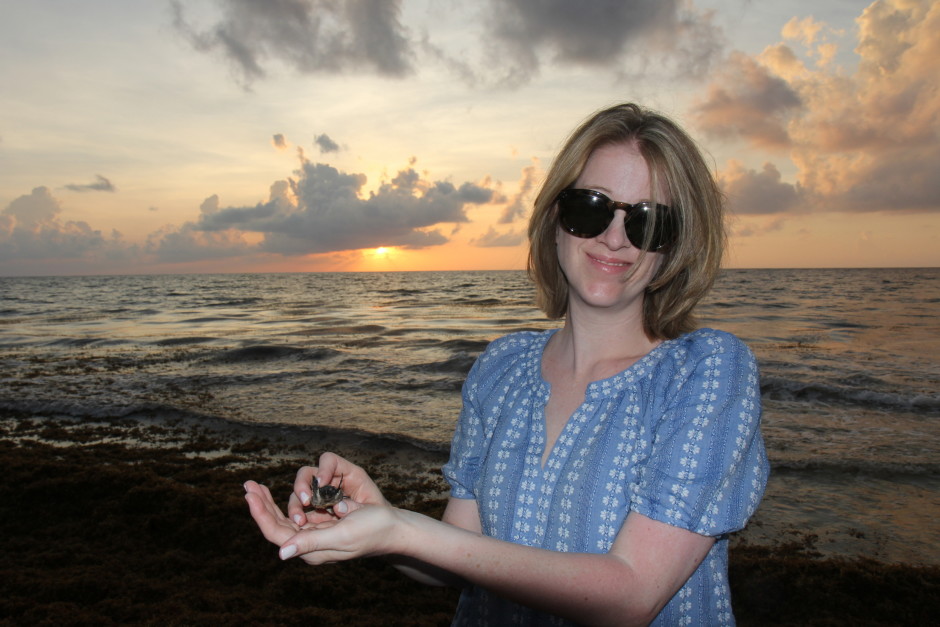
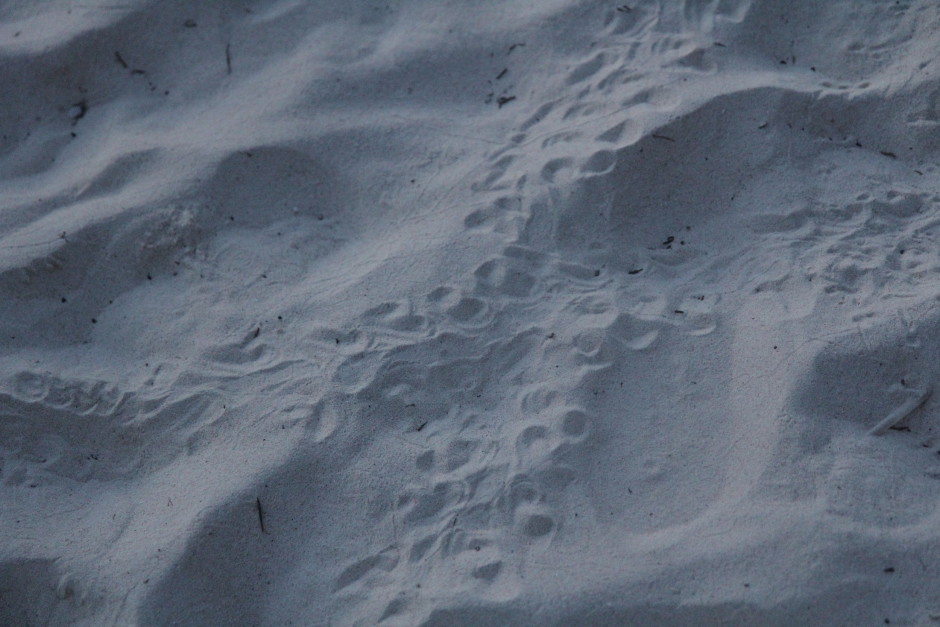
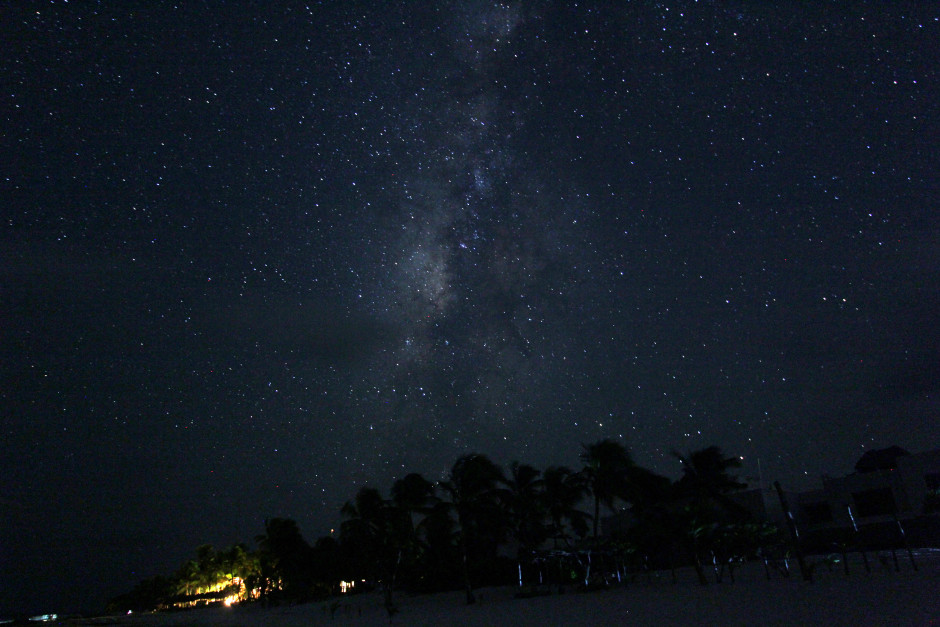
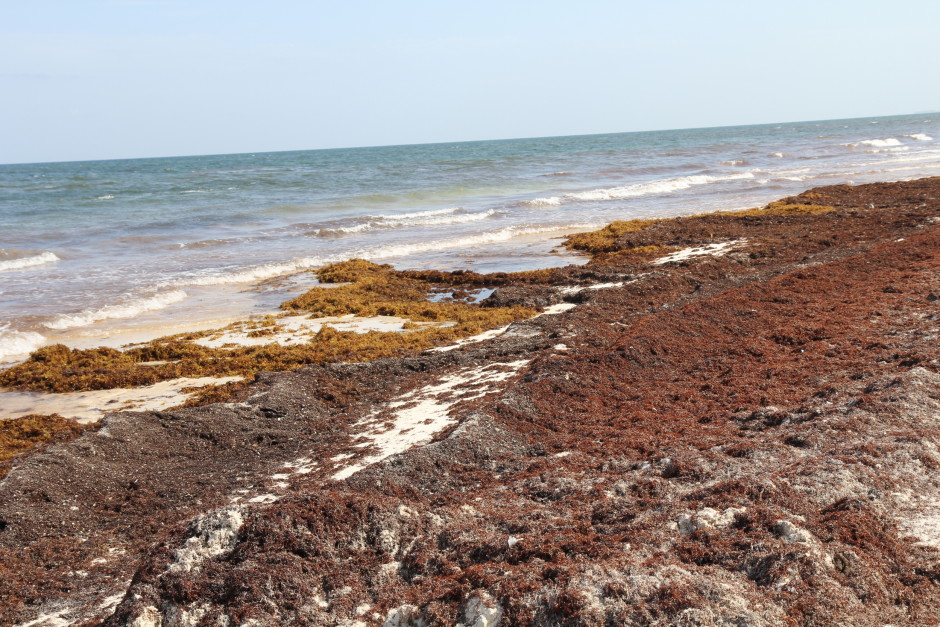
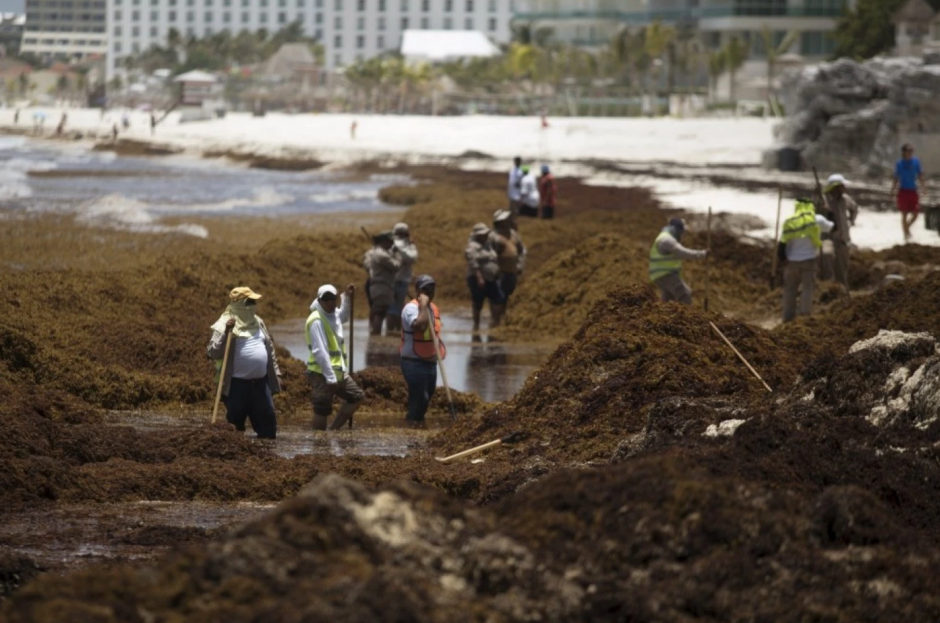
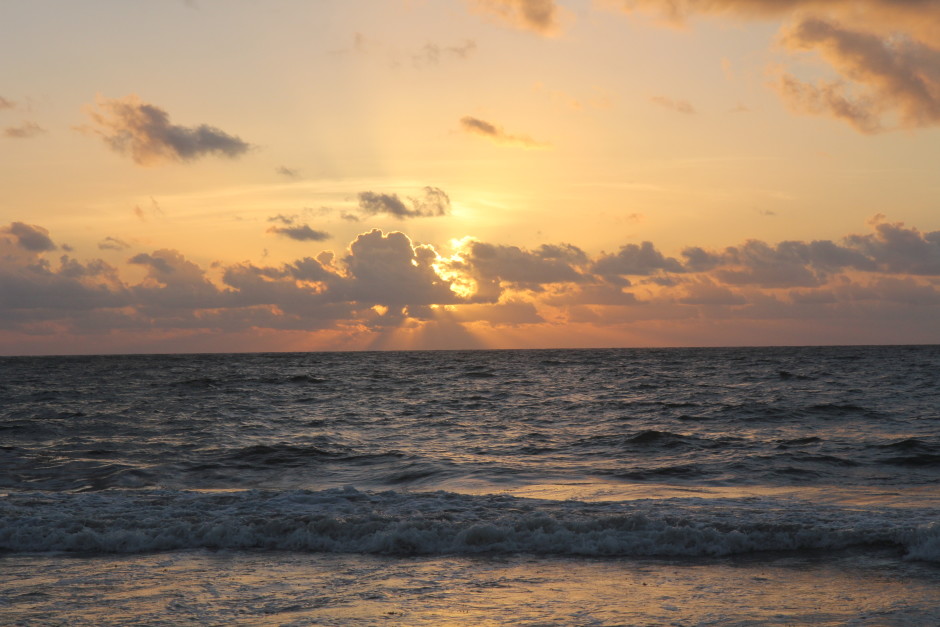
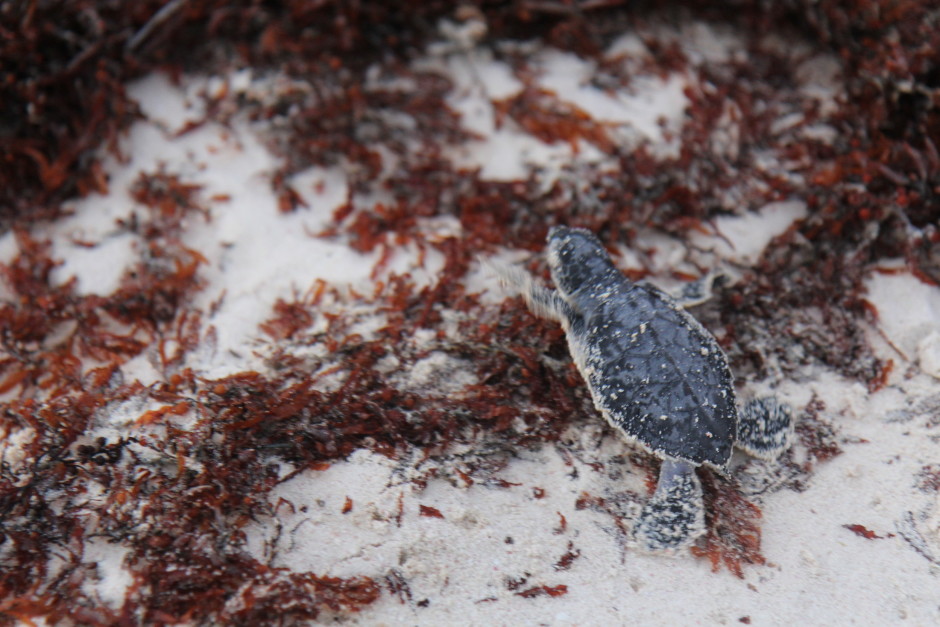
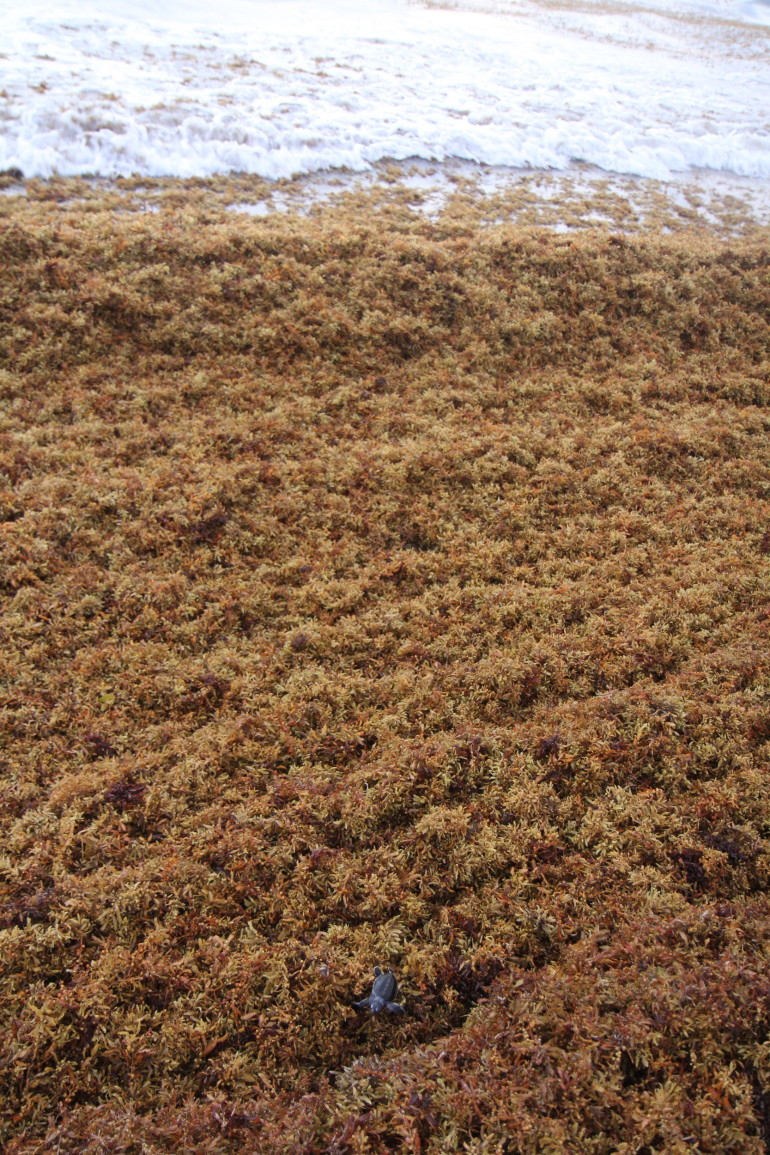
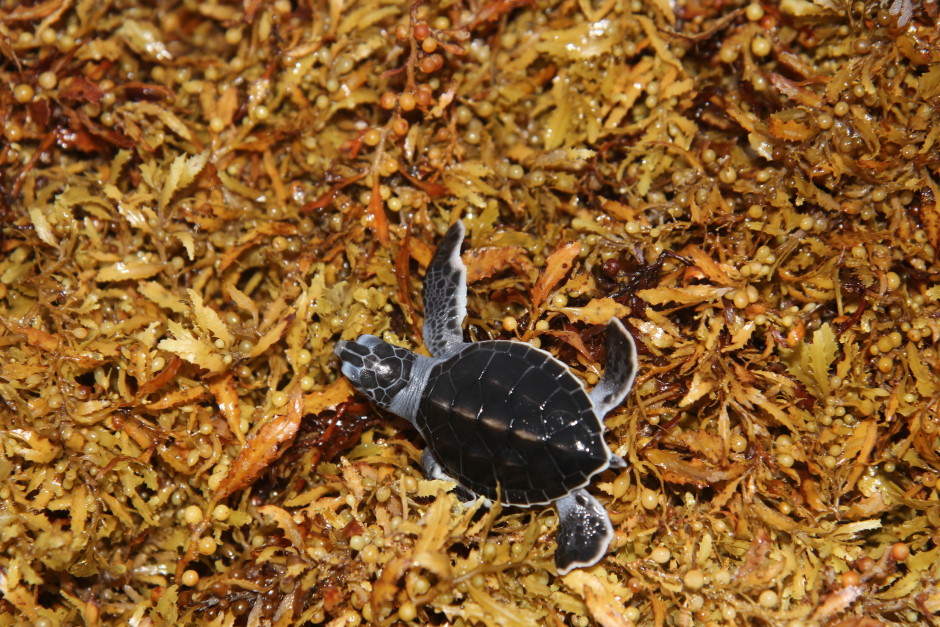
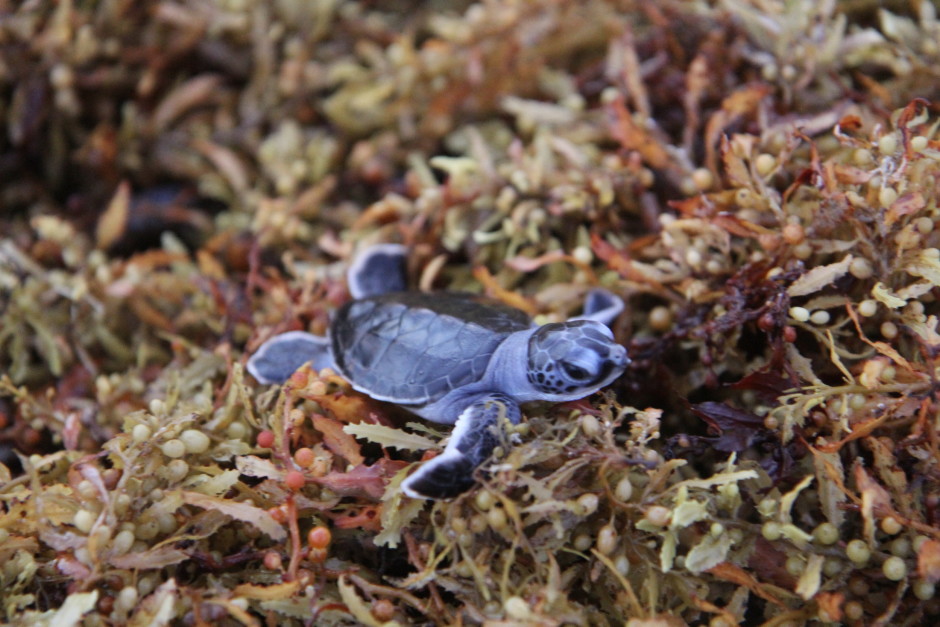
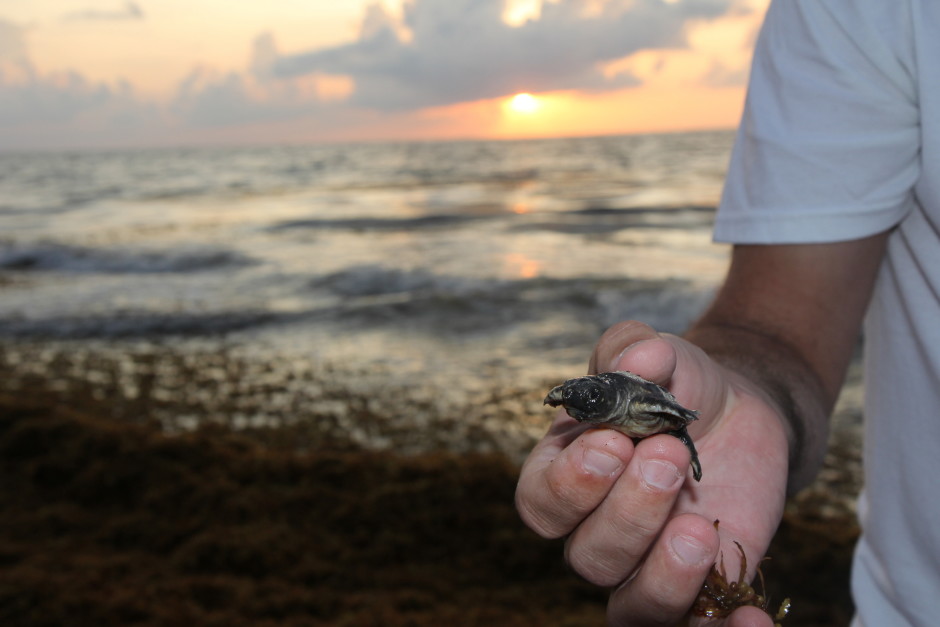
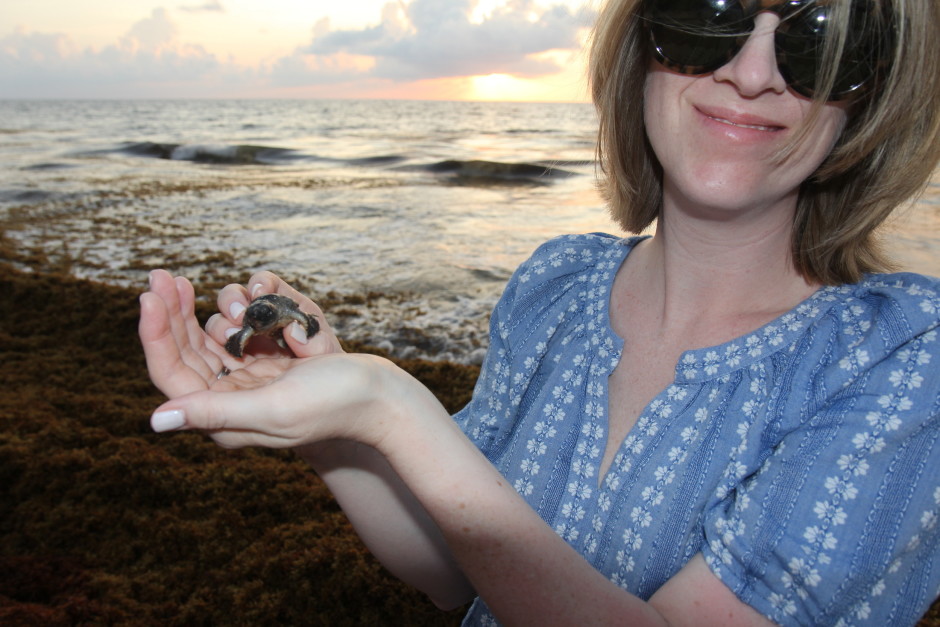
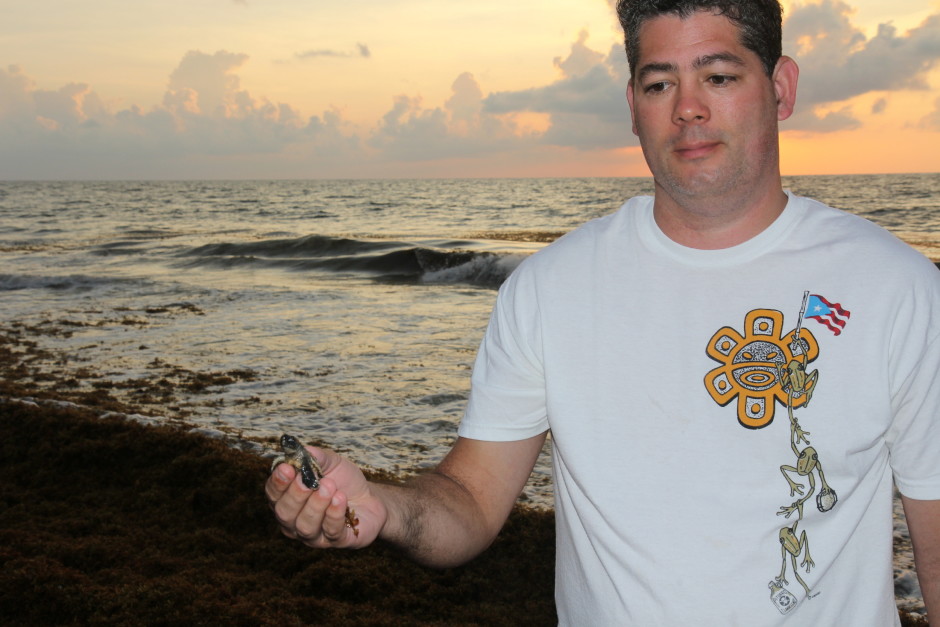
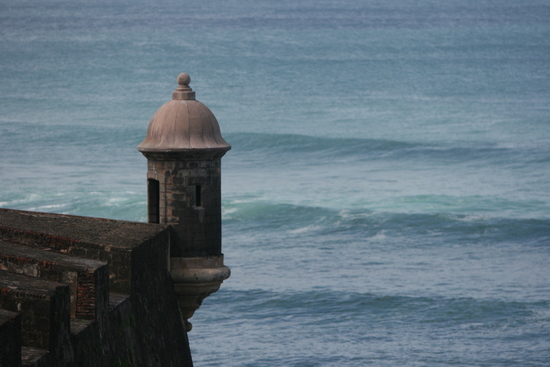
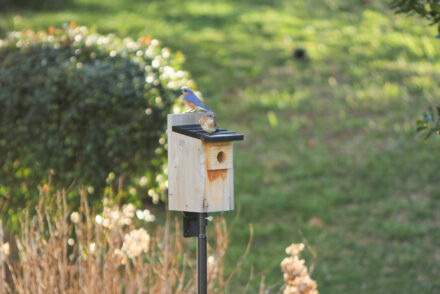
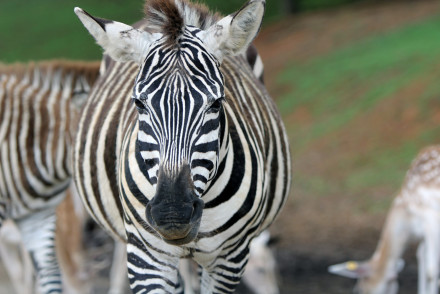

No Comments